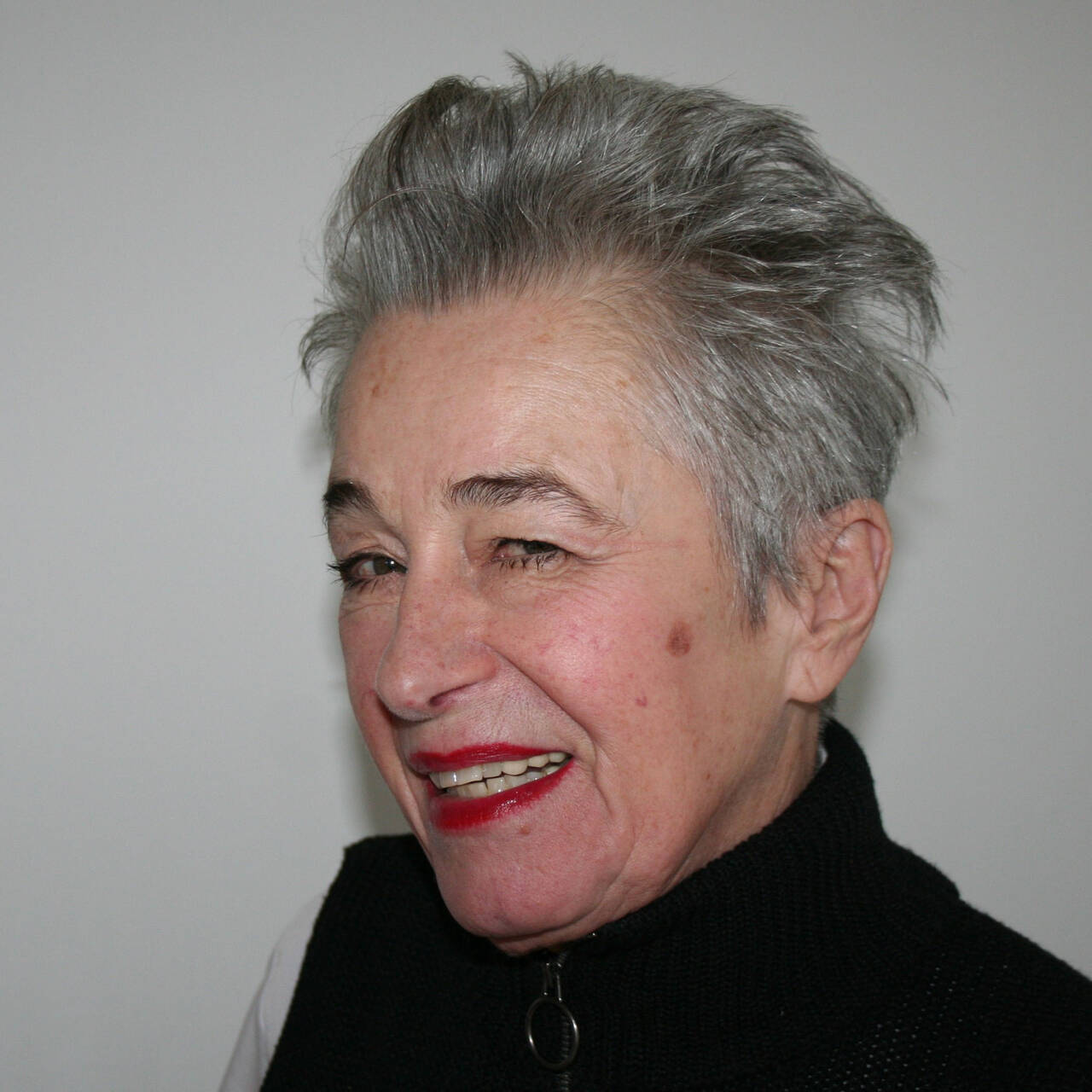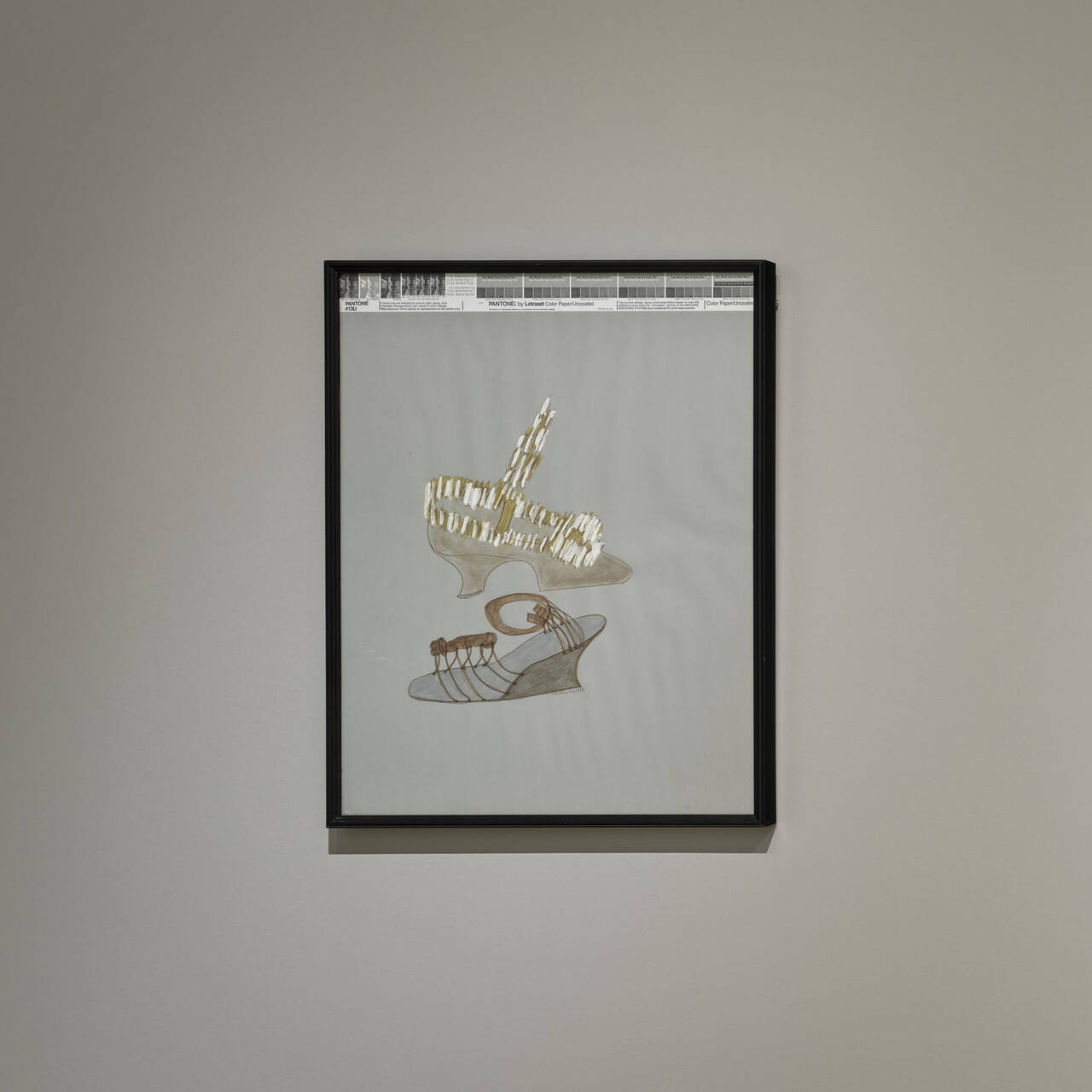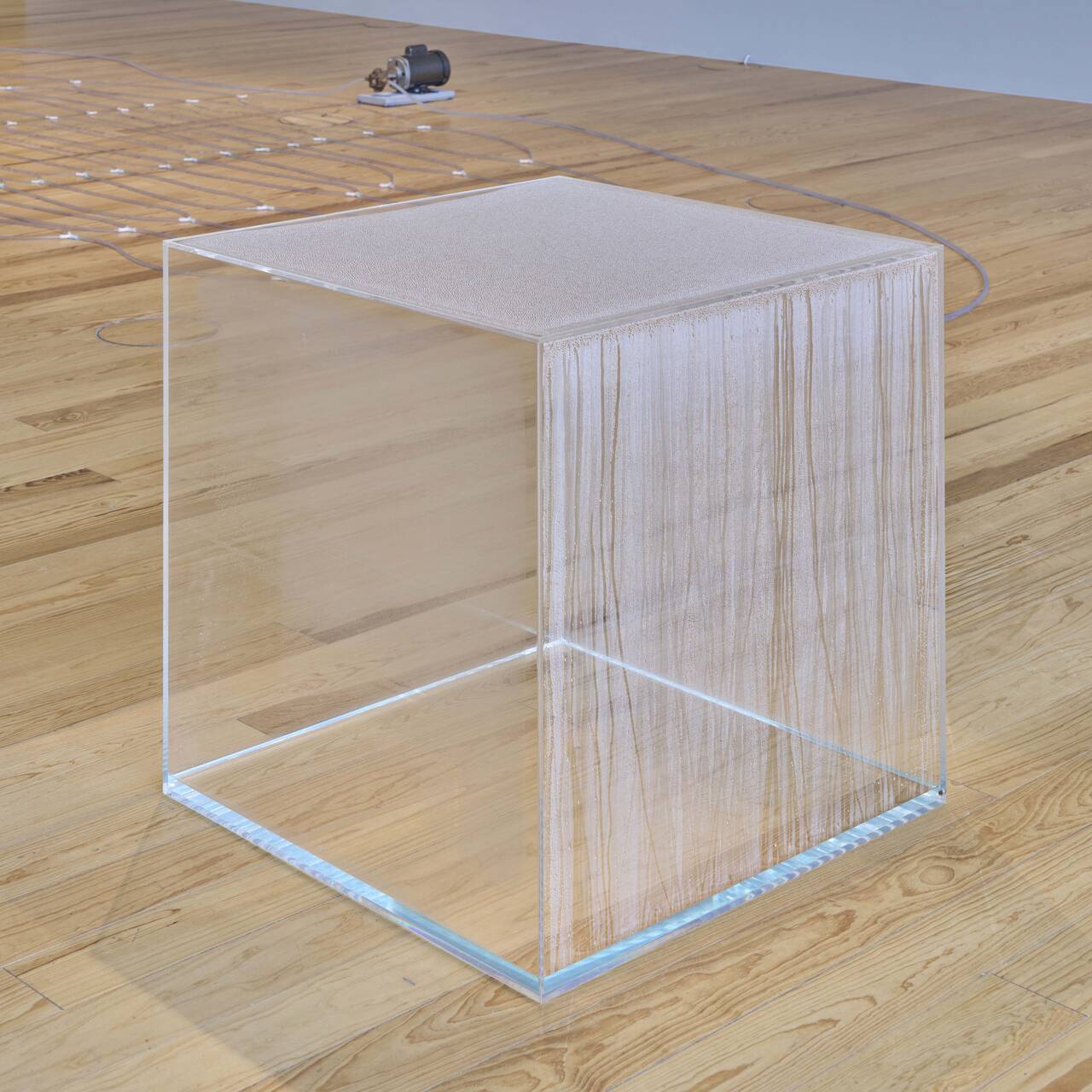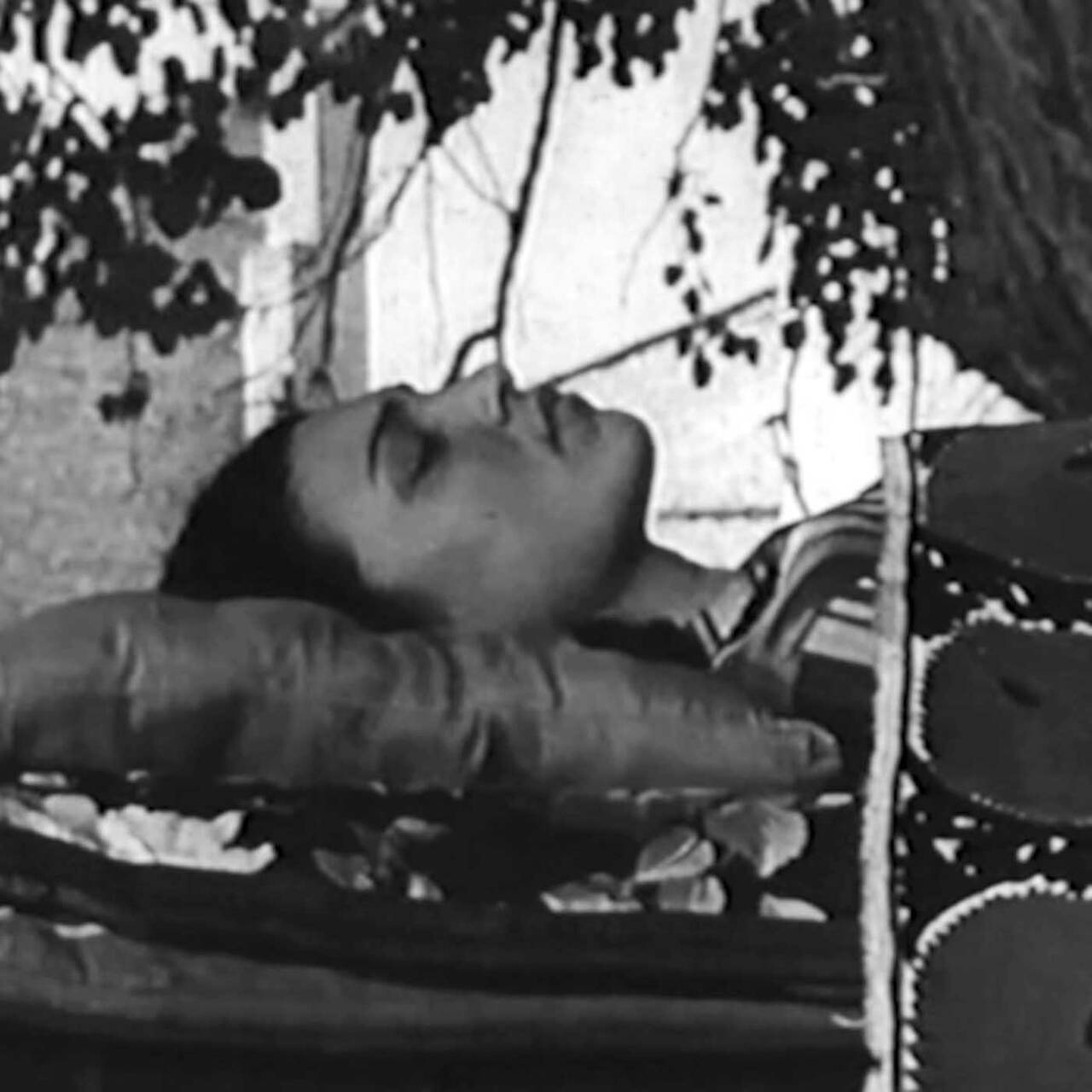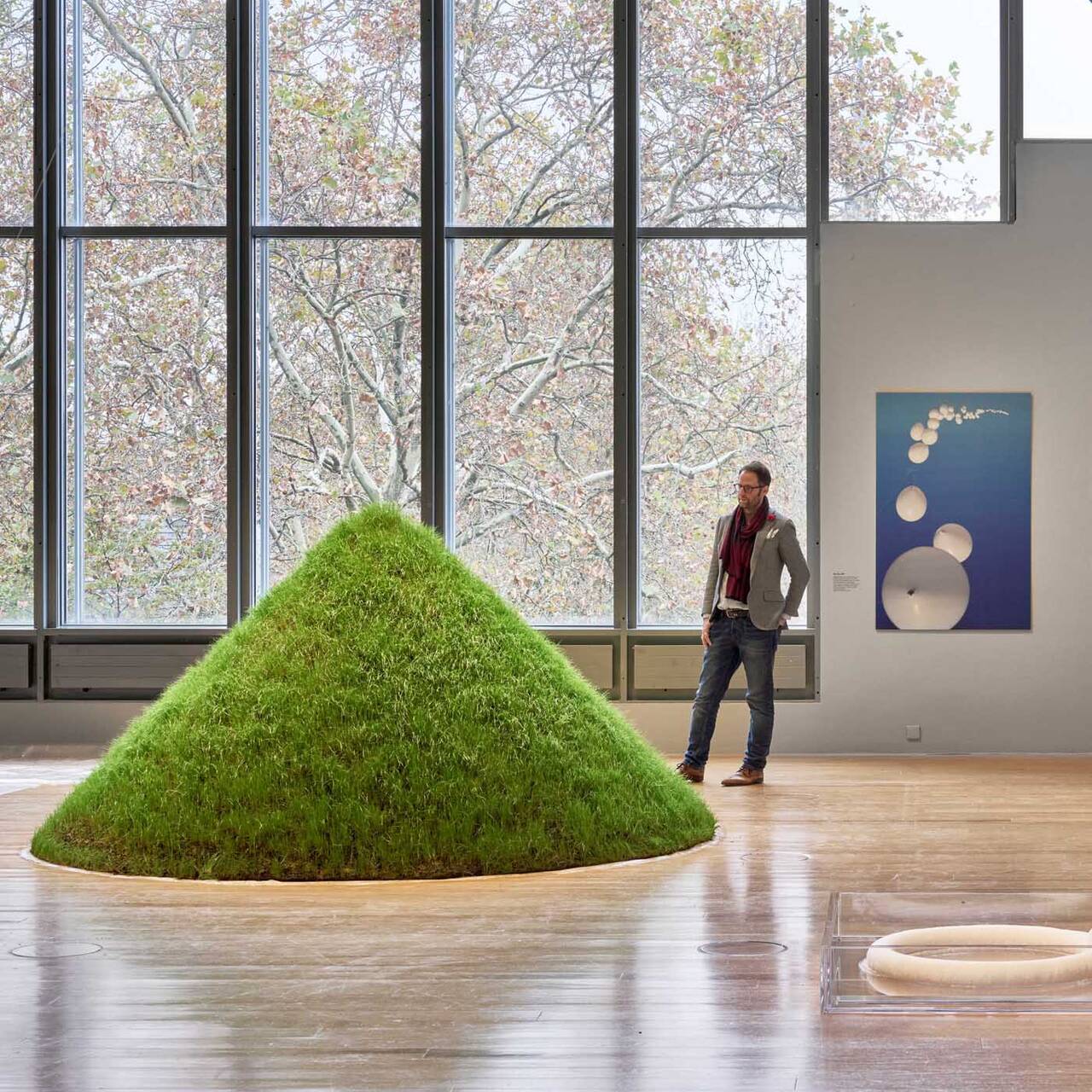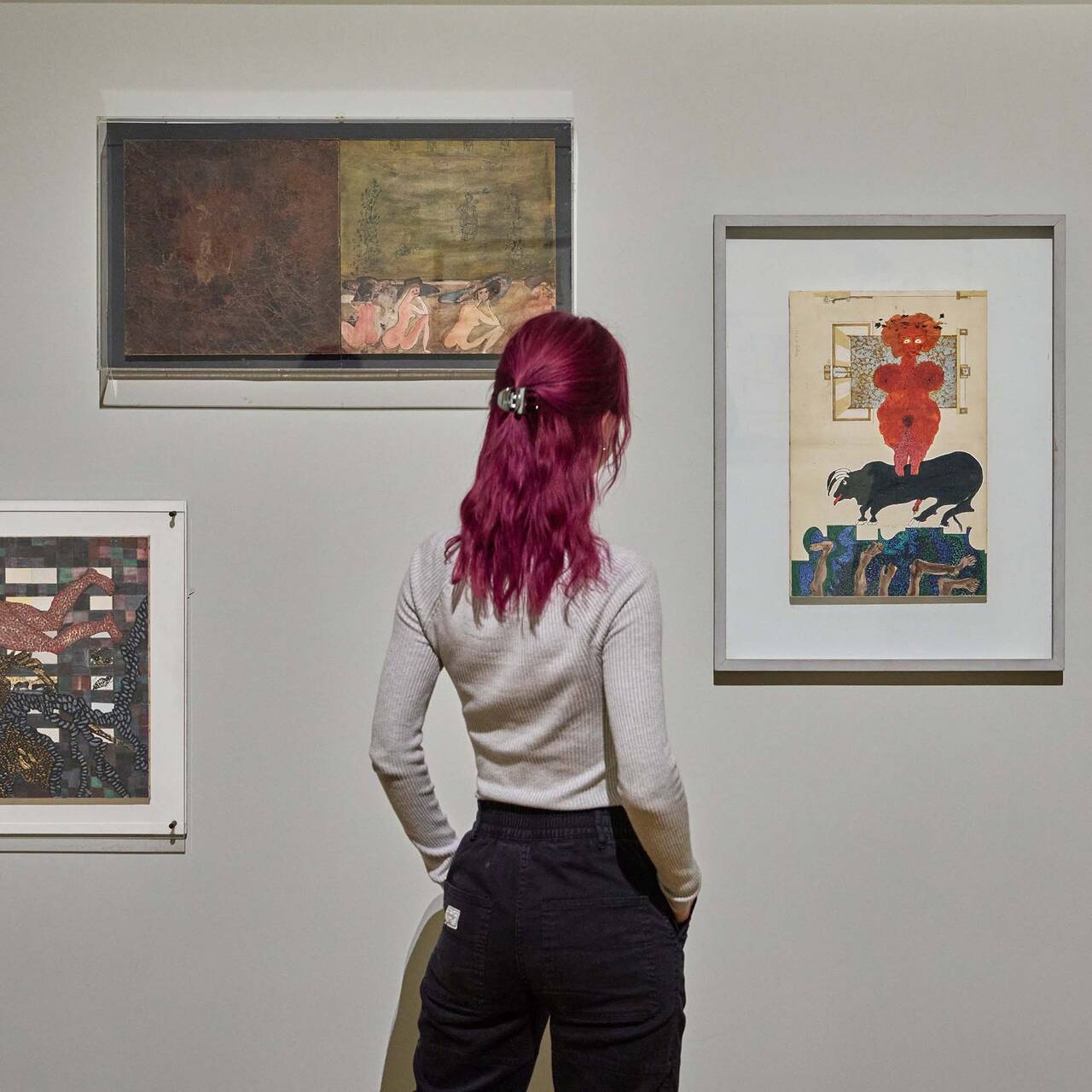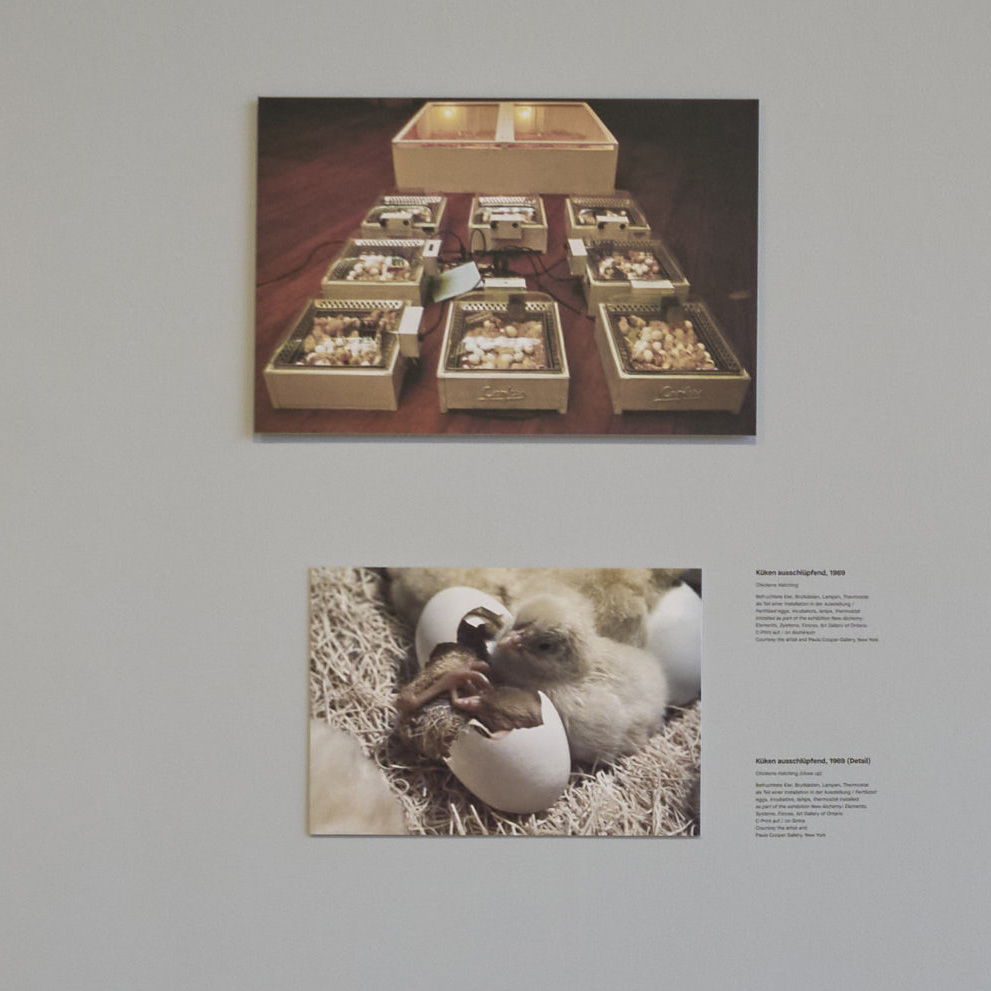A vaseline landscape, weightless foil and shards of colored glass: Karla Black creates extensive sculptures of a fragile beauty with everyday materials.
Delicate pastel shades and plastic film, light and reflections lend them a weightless quality despite their often large formats. Her works move within the bounds of installation, painting, and performance and ultimately aspire to be self-contained sculptures. The Schirn is presenting new works by the Scottish artist developed specifically for the Rotunda.
Karla Black (*1972 in Alexandria, Scotland) lives and works in Glasgow. She represented Scotland in 2011 at the 54th Venice Biennale and was nominated for the Turner Prize the same year. Her works have been shown in numerous solo and group exhibitions, including at The Power Plant, Toronto (2018); the Scottish National Gallery of Modern Art, the Whitechapel Gallery, London, the 57th Venice Biennale (2017), the Centre Pompidou, Paris (2016) and Tate Britain, London (2012).
Karla Black installs a Vaseline landscape in the rotunda
The large-format, transparent sculpture “Conditions” occupies the center of the circular building and thus the direct passage through the publicly accessible space. Shards of colored glass injure the soft surface of a Vaseline landscape, on which colored particles and traces of its fabrication are visible. The material is held by cellophane; sticky tape is used to raise the thin film to create a soft curve like a sort of bag, which is fixed at the height of the ambulatory on the first floor of the Rotunda.





The specific circumstances of the venue and the light characterize the filigree and lightweight appearance of the sculpture and thus diametrically contradict the material presence of the Vaseline. With the title, Black alludes to climatic and conservational conditions that directly influence the state and material of a work of art.
The texture, “the feel,” is decisive for her choices
The materiality of sculpture is a central theme for the artist. Black works with classic materials as well as with everyday substances and cosmetics—with paint, plaster powder, and transparent sticky tape; with Vaseline, lipstick, and nail polish. The texture, “the feel,” is decisive for her choices. The artist conceives her sculptures in the studio, installs them herself, and hence reacts to the site-specific circumstances. She works with her hands, rubs, smudges, and mixes.

On closer examination, one recognizes traces of the creative process in her works. These artistic markers become particularly apparent in the Rotunda’s first ambulatory, to whose panes of glass Black applies fingerprints, streaks, and blurs with lipstick, eye shadow, and other coloring agents. The artist combines these works with other works in which she uses colored gauze, glass and mirror surfaces, as well as gold. She regards the direct examination of her materials as an opportunity for communication and a means of understanding the world around her.
